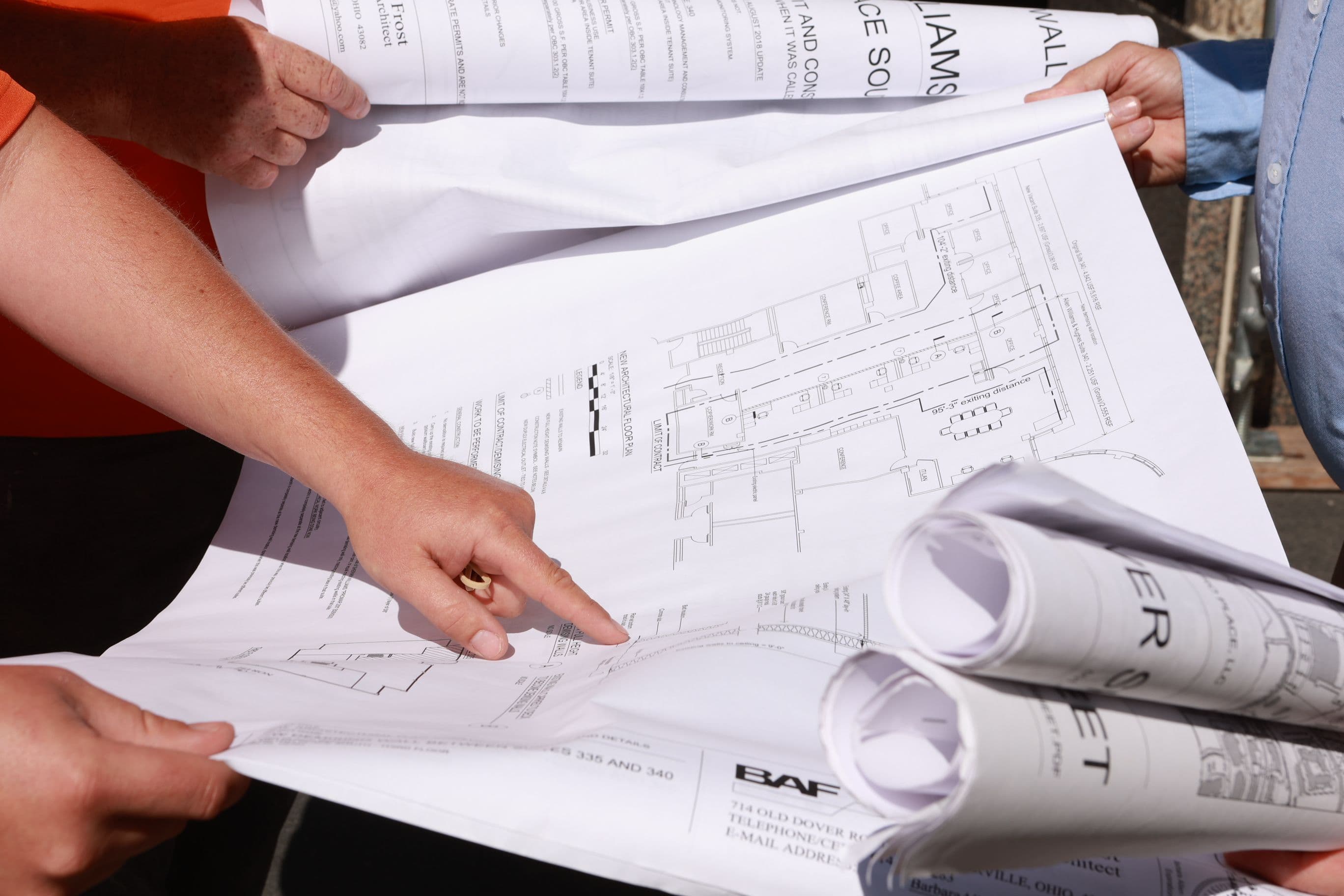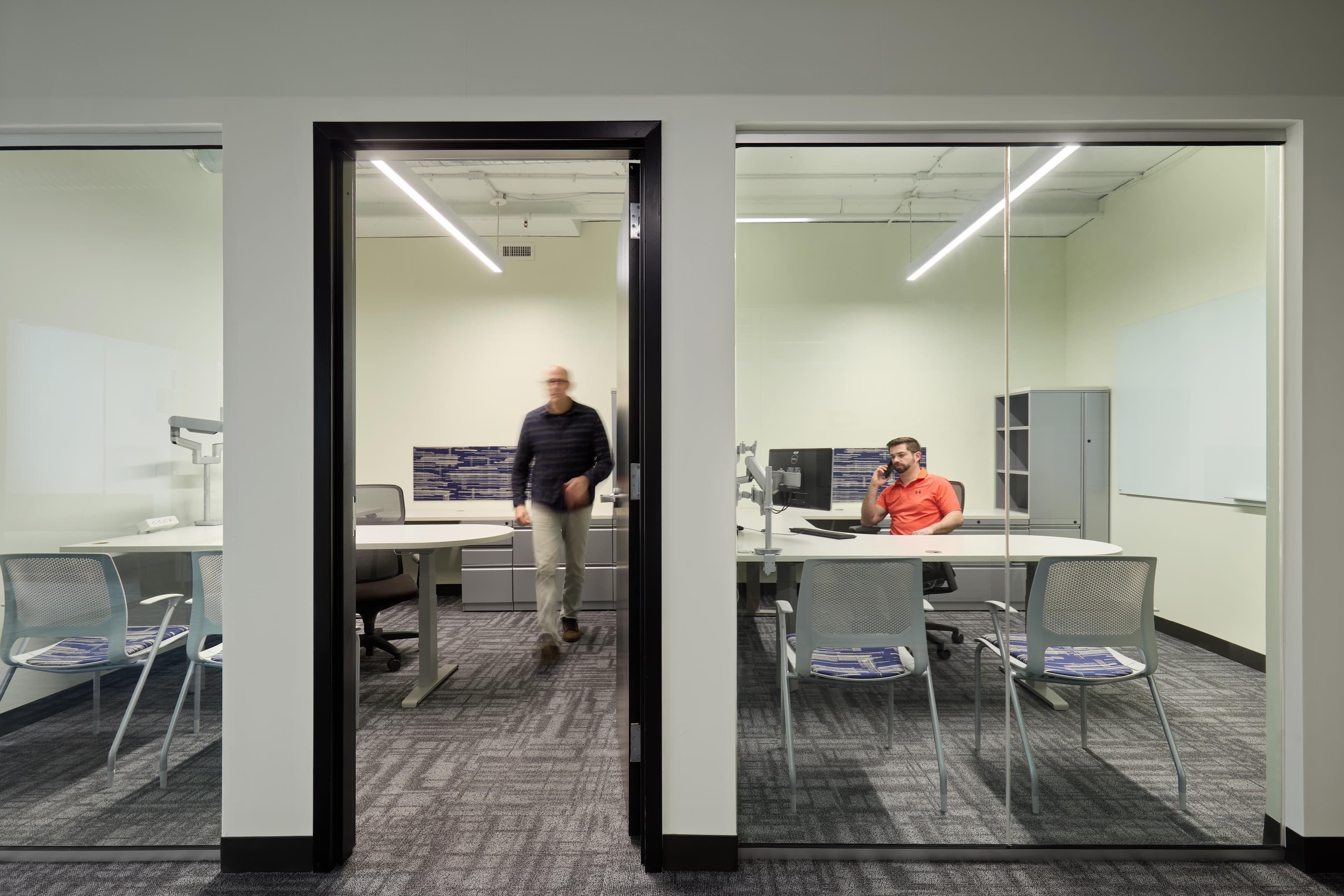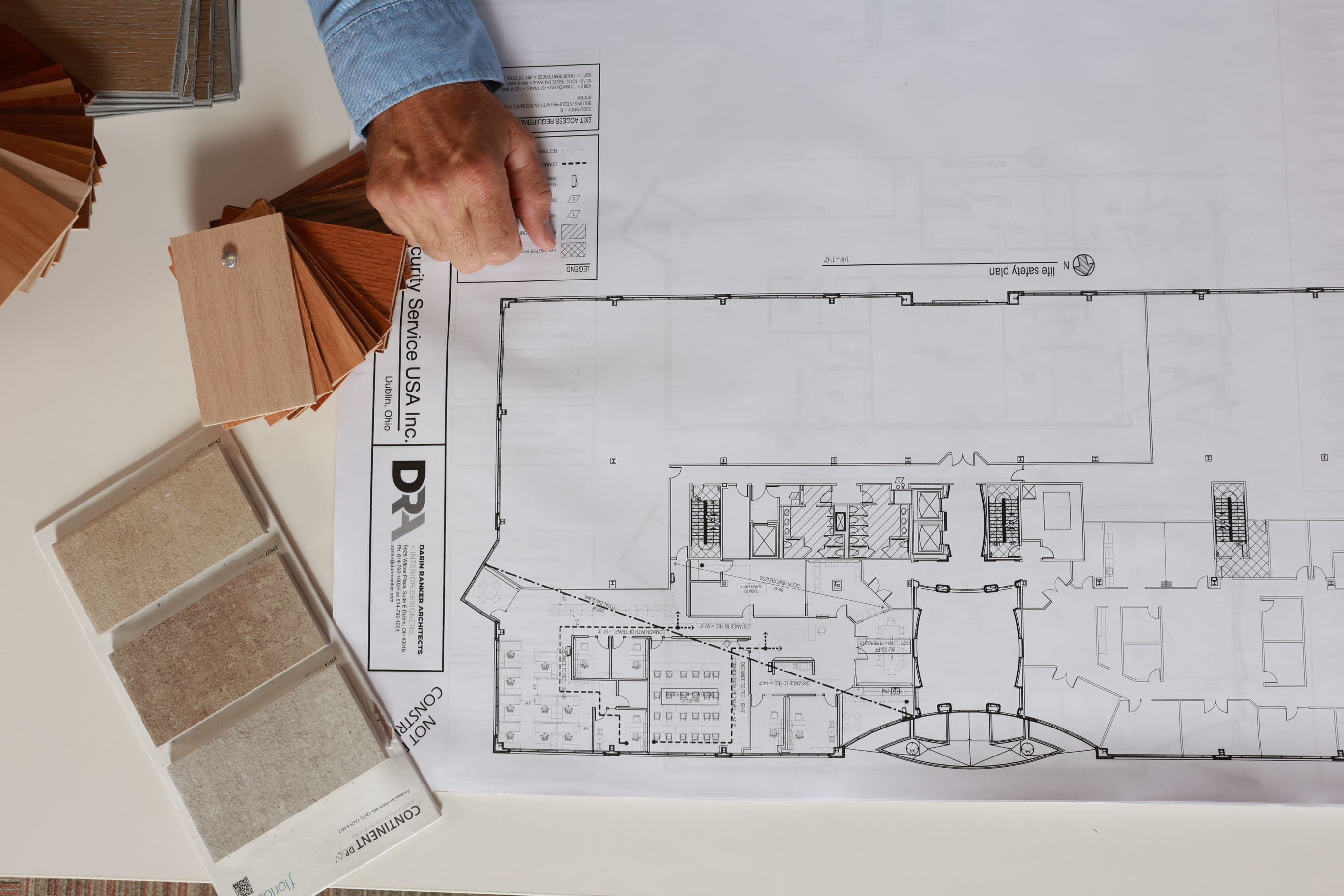
Guide to Healthcare and Medical Facility Renovations
Tips
Perspectives
Design
Architecture
Engineering
Construction
If there’s one thing we know well it’s healthcare and medical facility renovations. Our team started renovating medical facilities in 1990 and our 30 years of experience has enabled us to understand the intricacies of working within these environments.
Unlike other facility renovations, medical and healthcare facility renovations come with a number of complexities. Any work performed can affect the patients, which is a huge liability to the medical facility. This is why they have clear product specifications, specialized regulations that must be adhered to, and varying construction traffic flow needs. Understanding these complexities is of the utmost importance before beginning any project.
Here, we’ll outline a guide to renovating medical and healthcare facilities based on our experience in the field.
1. Understand the assessments and guidelines you need to complete and adhere to.
There are several regulations and guidelines healthcare facilities require you adhere to. These include conducting an Infection Control Risk Assessment (ICRA), conducting a Point of Care Risk Assessment (PCRA), and, most importantly, following HIPAA guidelines.
What is ICRA? And how do you plan for it?
The basic elements of an infection prevention program are designed to prevent the spread of infection in healthcare settings. According to the Premier Safety Institute, an ICRA is multidisciplinary, documented process that:
- Focuses on reduction of risk from infection,
- Acts through phases of facility planning, design, construction, renovation, facility maintenance, and
- Coordinates and weighs knowledge about infection, infectious agents, and care environment, permitting the organization to anticipate potential impact.
In general, for construction projects within healthcare facilities you have the responsibility to:
- Know the location of patients that are susceptible to infection and understand the risks to each.
- Understand the impact of potential outages or emergencies to patients.
- Mitigate any potential hazards or risks to patients.
Click here for an example of this assessment. Or, visit the CDC for various tools.
What is PCRA? And how do you plan for it?
PCRA helps you evaluate construction risks – in particular risks associated with patient safety and comfort. For example, here are a few of the things you would evaluate: potential issues with noise, function of fire suppression systems, ventilation, utilities, medical equipment, and more are all evaluated. Depending upon the type of construction project you’re completing these variables may impact how you operate.
Click here for an example of this assessment.
HIPAA Guidelines
Because you’re working within a healthcare facility you must also follow HIPAA guidelines and protect patients’ confidentiality.
Find information about HIPAA compliance here.
2. Maintain an impeccably clean space.
Maintaining a clean construction environment in a medical facility means no dust can leave the construction area. To do this we tape off all walls with plastic sheeting, use temporary hard walls where needed, cover all air vents, utilize air scrubbers with HEPA filters to create a negative pressure zone within the construction area, and have sticky mats to remove any dust from workers’ boots. We do whatever it takes to ensure dust and other particles do not leave the construction area.
3. You need to have consideration and respect for patients and staff.
Having consideration for patients and staff can mean a lot of things. It’s being more careful when using core drills, sawing, or other noisy activities. These are necessary, yes, but can be done in ways to lower the amount of noise pollution created.
It also means being aware of the patients’ needs. You may need barricades and ADA compliant pathways around the barricades to keep patients from entering the construction area. Or, if a patient does accidentally enter the construction area you need to be able to manage the patient appropriately to redirect them to where they need to go.
4. Maintain a flexible schedule to accommodate the facility’s needs.
When working with a healthcare facility it’s important to maintain a flexible work schedule to accommodate any last minute scheduling changes. This means work may need to be staggered into phases and materials may need to be sent to the facility loading docks during odd hours to avoid peak times at the hospital.
5. Create a construction traffic flow pattern that will protect patients and staff.
Your construction can’t prohibit staff from doing their job or patients from getting to where they need to go. It’s your job to minimize the interferences as much as possible. This could mean you need to negotiate closing off specific areas of the facility for a number of hours and train your workers on how to direct patients around the closure.
6. Lastly, over communicate.
Communication is key when working with any healthcare facility. You need to stay up-to-date on recent developments within their facility and they need to be constantly aware of what you’re working on and when. This can help you be more proactive in identifying potential issues and initiating solutions.
Tom White
Partner
Related Articles


